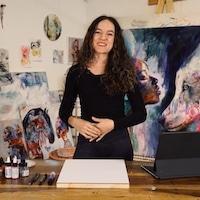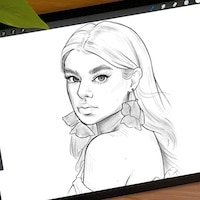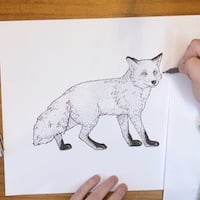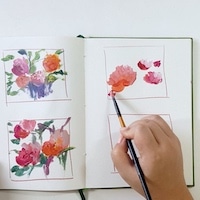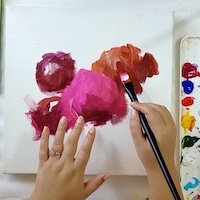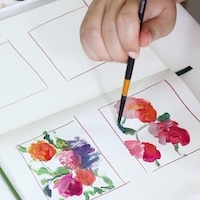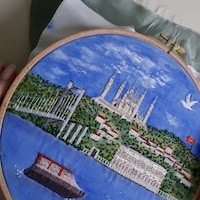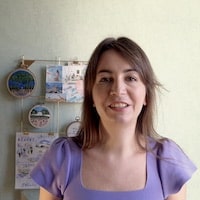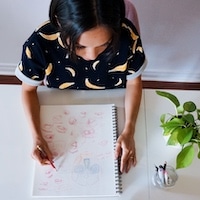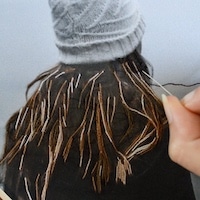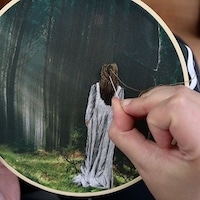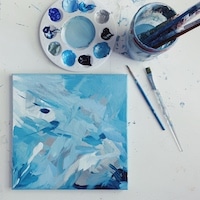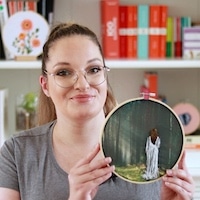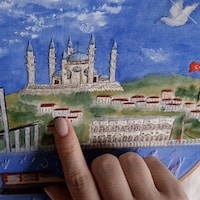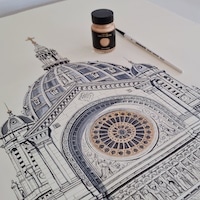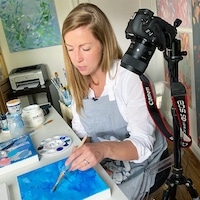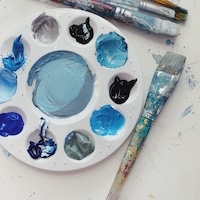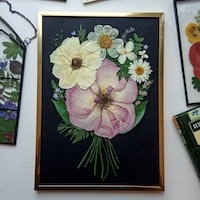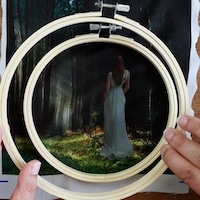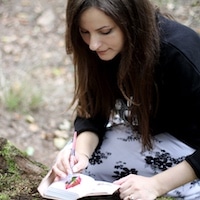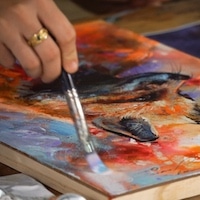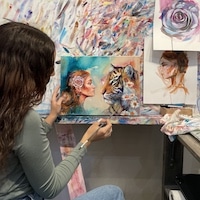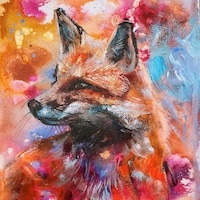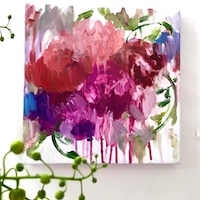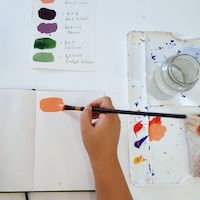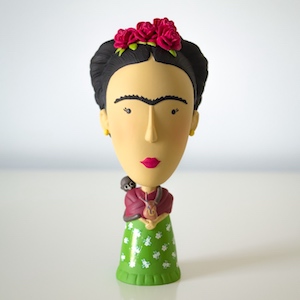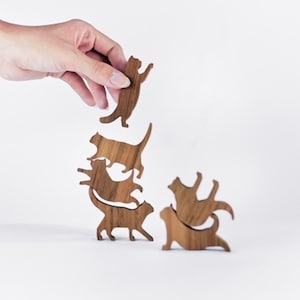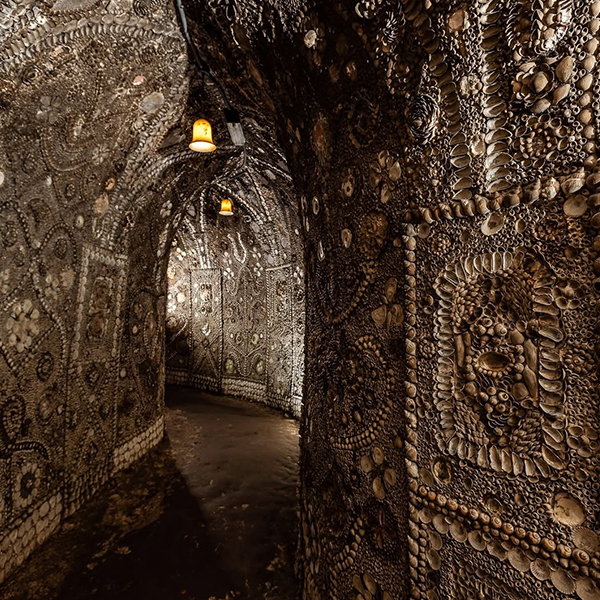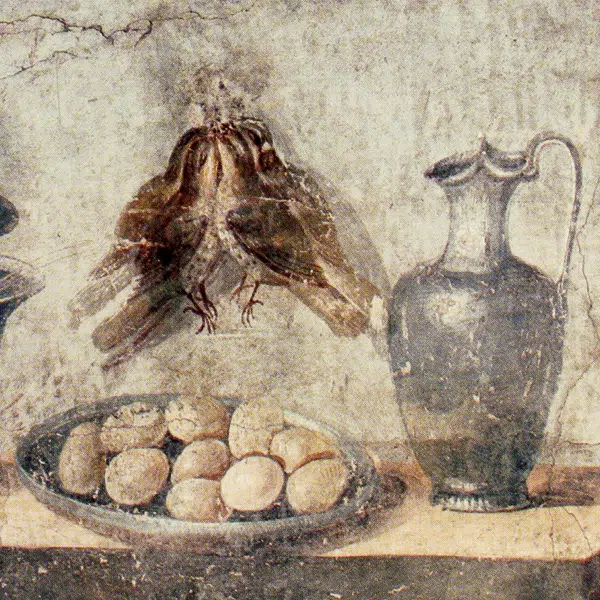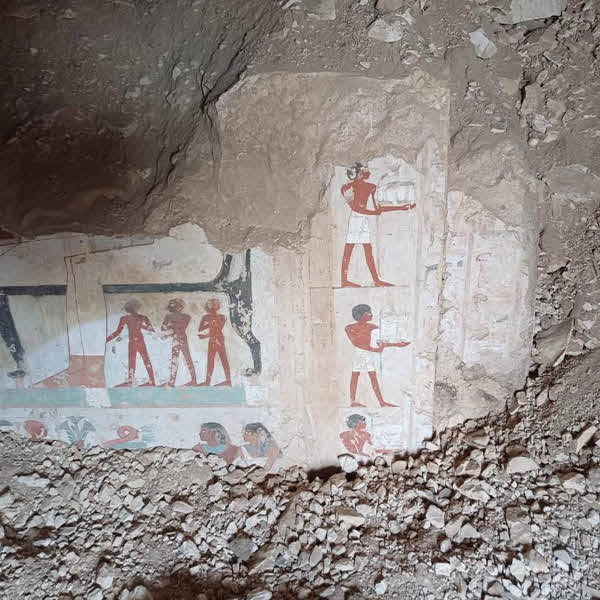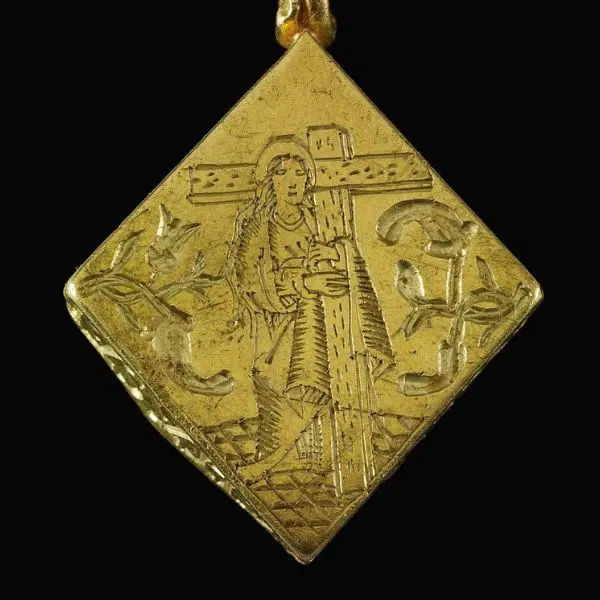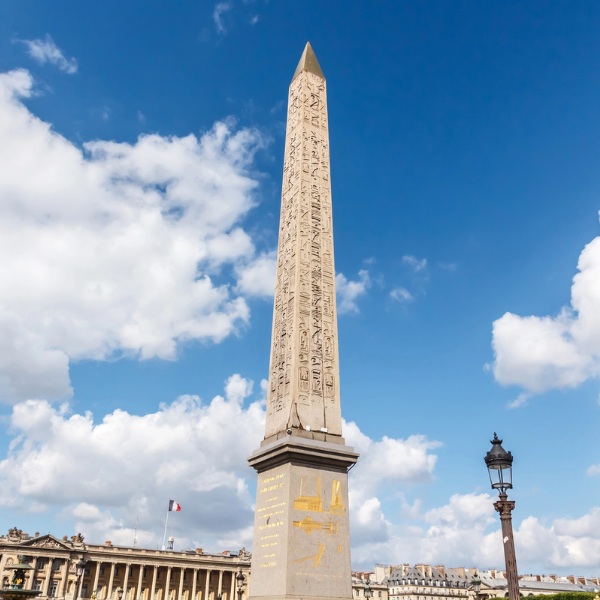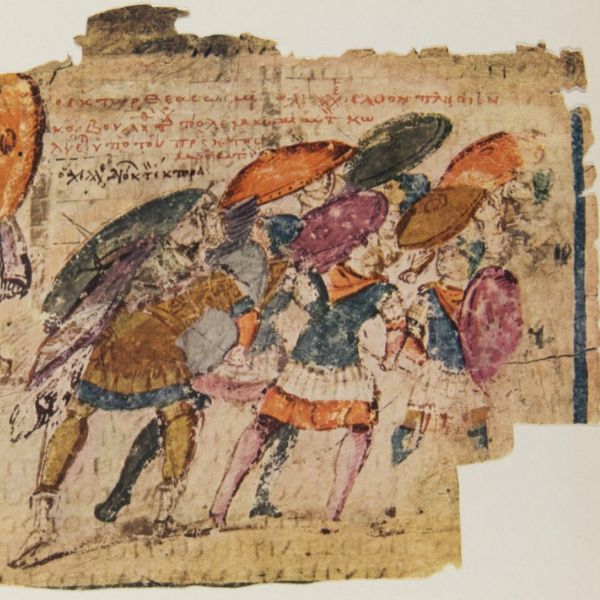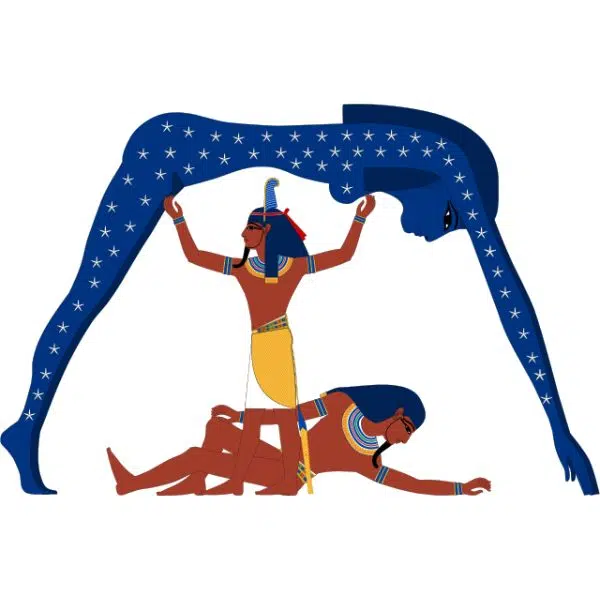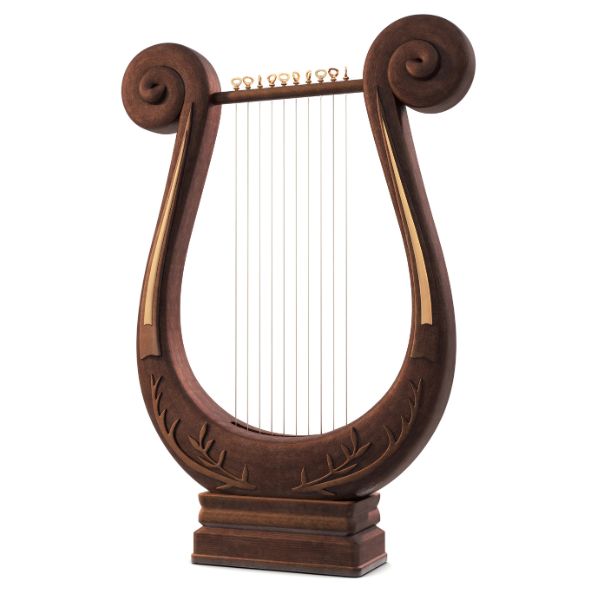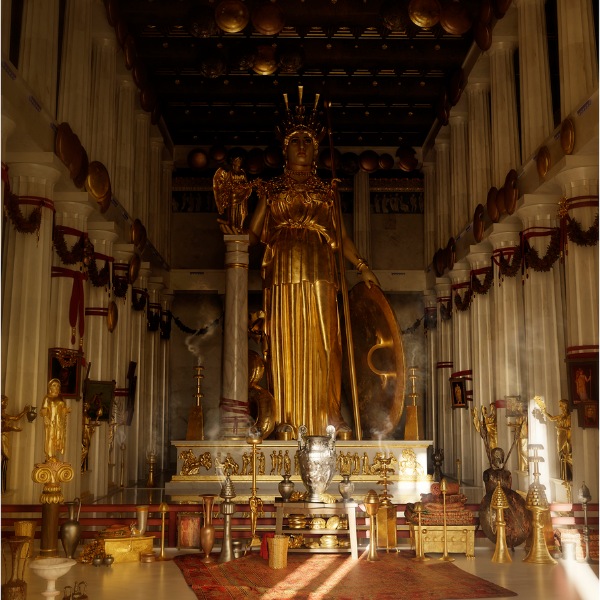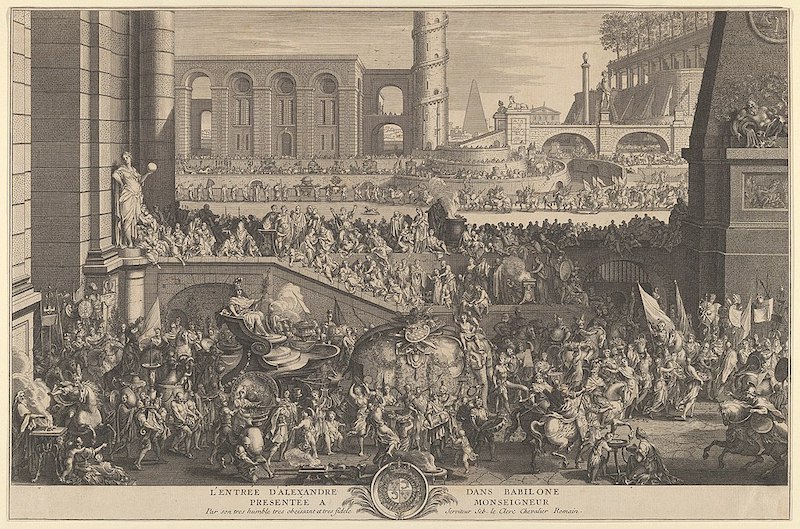
Photo: Sébastien Leclerc via Wikimedia Commons (CC0 1.0)
Once a thriving cultural and political hub, the ancient city of Babylon was founded around 2,000 BCE in what is now modern-day Iraq. Today, its ruins—now a UNESCO World Heritage Site—lie around 85 kilometers (52 miles) south of Baghdad, and remain a fascinating place of discovery. Over the years, archaeologists have uncovered everyday artifacts and city layouts that have helped us learn more about this ancient civilization. However, it’s the thousands of cuneiform tablets that have really helped shed light on the intricacies of Babylonian life. Now, scholars have successfully used AI to piece together ancient cuneiform fragments that belong to the same long-lost text.
Anmar A. Fadhil from the University of Baghdad and Dr. Enrique Jiménez Enrique Jiménez, professor of Ancient Near Eastern Literatures at LMU’s Institute of Assyriology, digitized all cuneiform text fragments that have been discovered worldwide. Their team used artificial intelligence to decipher etched fragments that belong together, leading to the discovery of a lost hymn. Jiménez explains, “Using our AI-supported platform, we managed to identify 30 other manuscripts that belong to the rediscovered hymn—a process that would formerly have taken decades.”
The preserved tablet fragments dating from the 7th to the 1st centuries BCE offer fascinating insight into Babylonian life and values. The hymn celebrates the natural beauty of Babylon, saying the city “flourishes in her charms,” like a lush fruit garden. It also highlights key elements of the city, including the river Euphrates; its star (the “Star of Marduk,” named for its patron god); its grand gate; the protective wall Imgur-Enlil; and its king, Alulu. Researchers believe the rediscovered hymn was so well known and loved that it was likely known by heart by school children.
The popular hymn even sheds light on the life and roles of Babylonian women. Experts were surprised to find mentions of priestesses and their duties—something not seen in any previously known texts. The hymn also provides insights into peaceful coexistence in urban society. For example, the inhabitants are described as being respectful to foreigners. The text even references the divine triad of Anu, Enlil, and Ea—three of Babylon's most powerful gods—alongside the elements of water, fire, and air, which the Babylonians believed were the fundamental building blocks of the universe.
Jiménez believes his team has so far recovered two-thirds of the original text and the missing third is waiting to be found. Find out more about this incredible discovery in the report published on Cambridge University Press.
Scholars have successfully used AI to piece together ancient cuneiform tablet fragments that belong to the same long-lost Babylonian text.

Photo: University of Baghdad via Cambridge University Press (CC BY-NC-SA 4.0)
The preserved tablet fragments dating from the 7th to the 1st centuries BCE offer fascinating insight into Babylonian life and values.
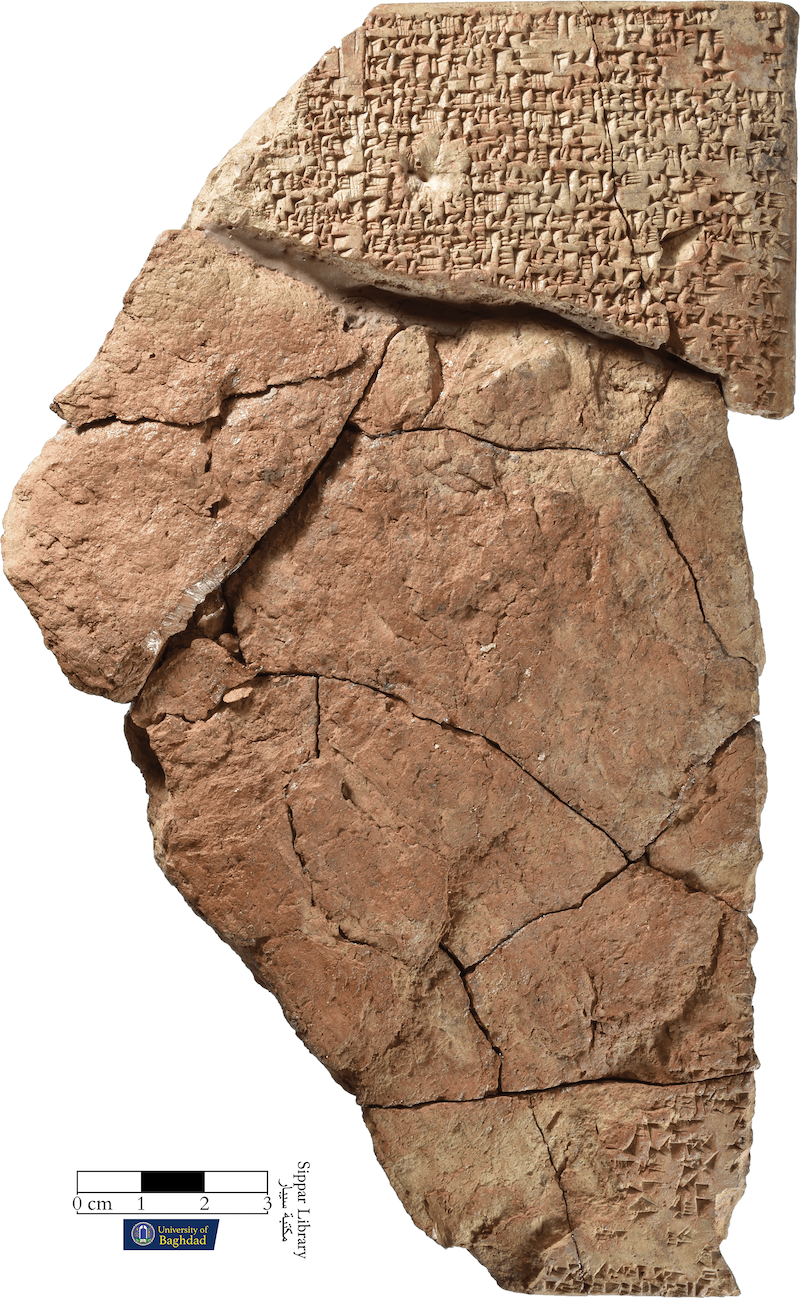
Photo: University of Baghdad via Cambridge University Press (CC BY-NC-SA 4.0)
Sources: Hymn to Babylon discovered; Literary texts from the sippar library v: a hymn in praise of babylon and the babylonians
Related Articles:
Ancient Babylonian Tablet Uses Pythagorean Theorem 1,000 Years Before Pythagoras Was Born
3,700-Year-Old Babylonian Tablet Is Found to Be the Earliest Example of Applied Geometry
The Metropolitan Museum of Art Returns Three Ancient Sculptures to Iraq

